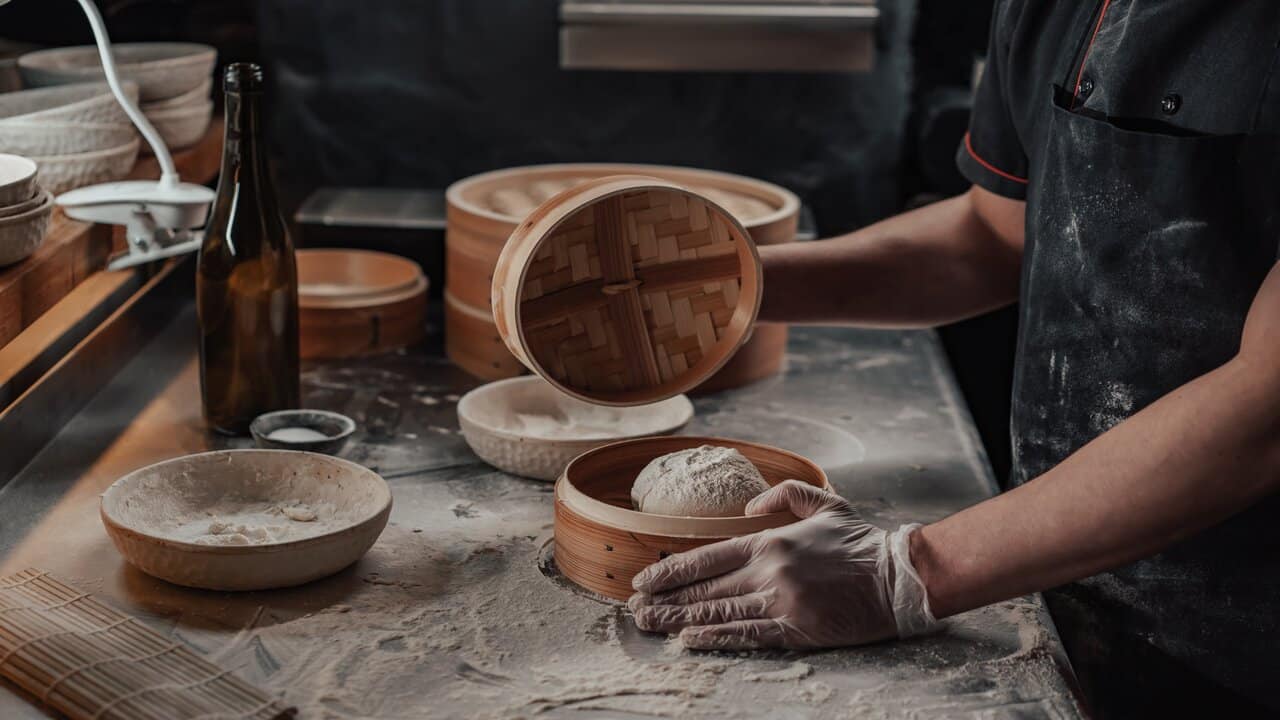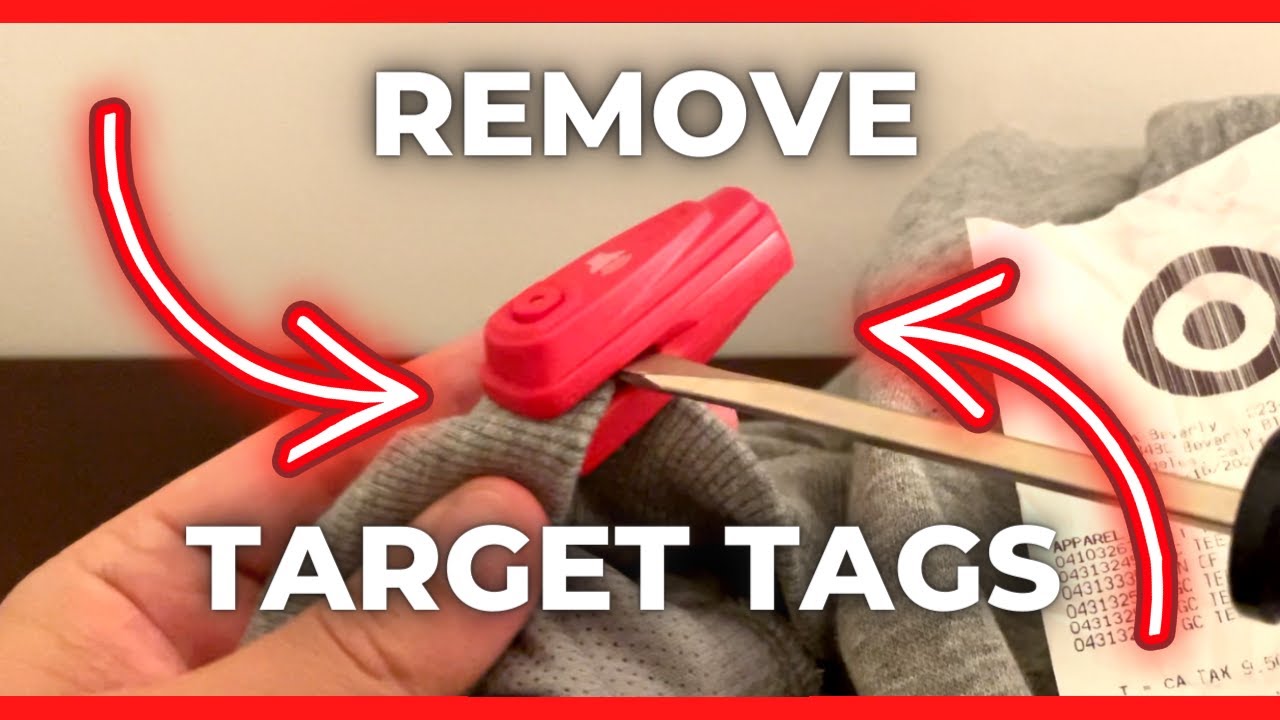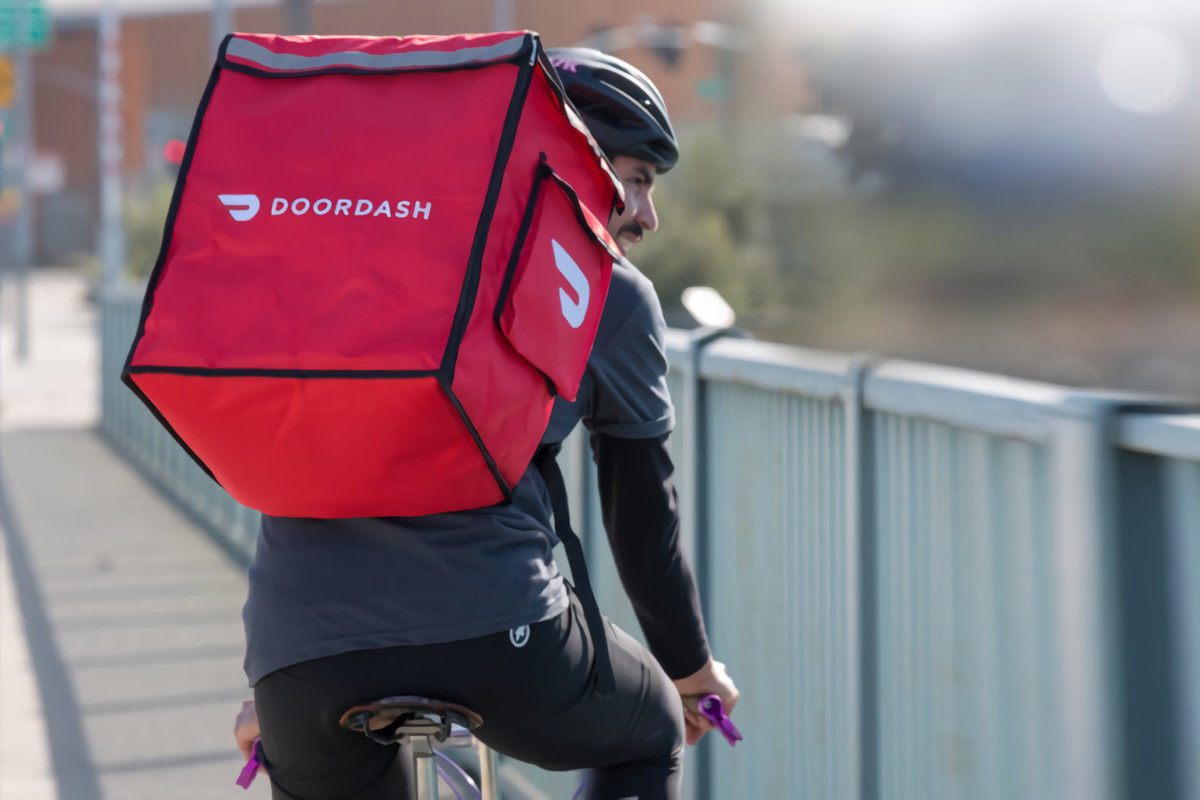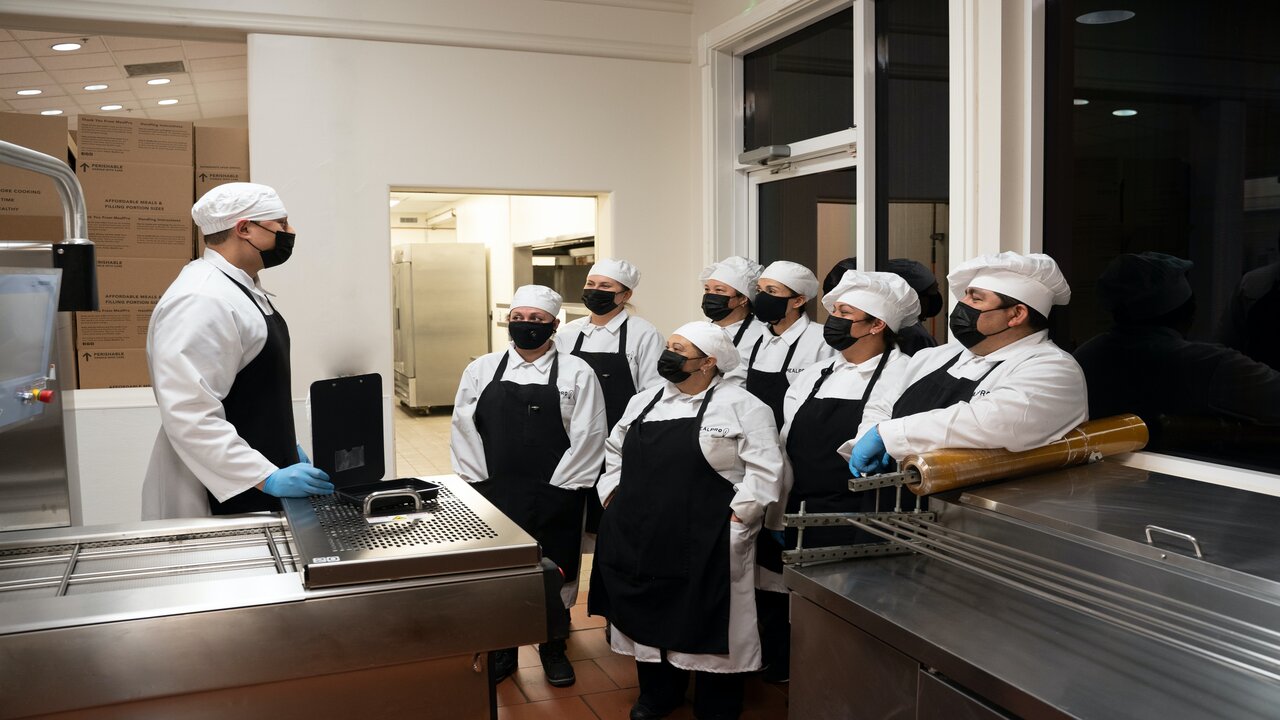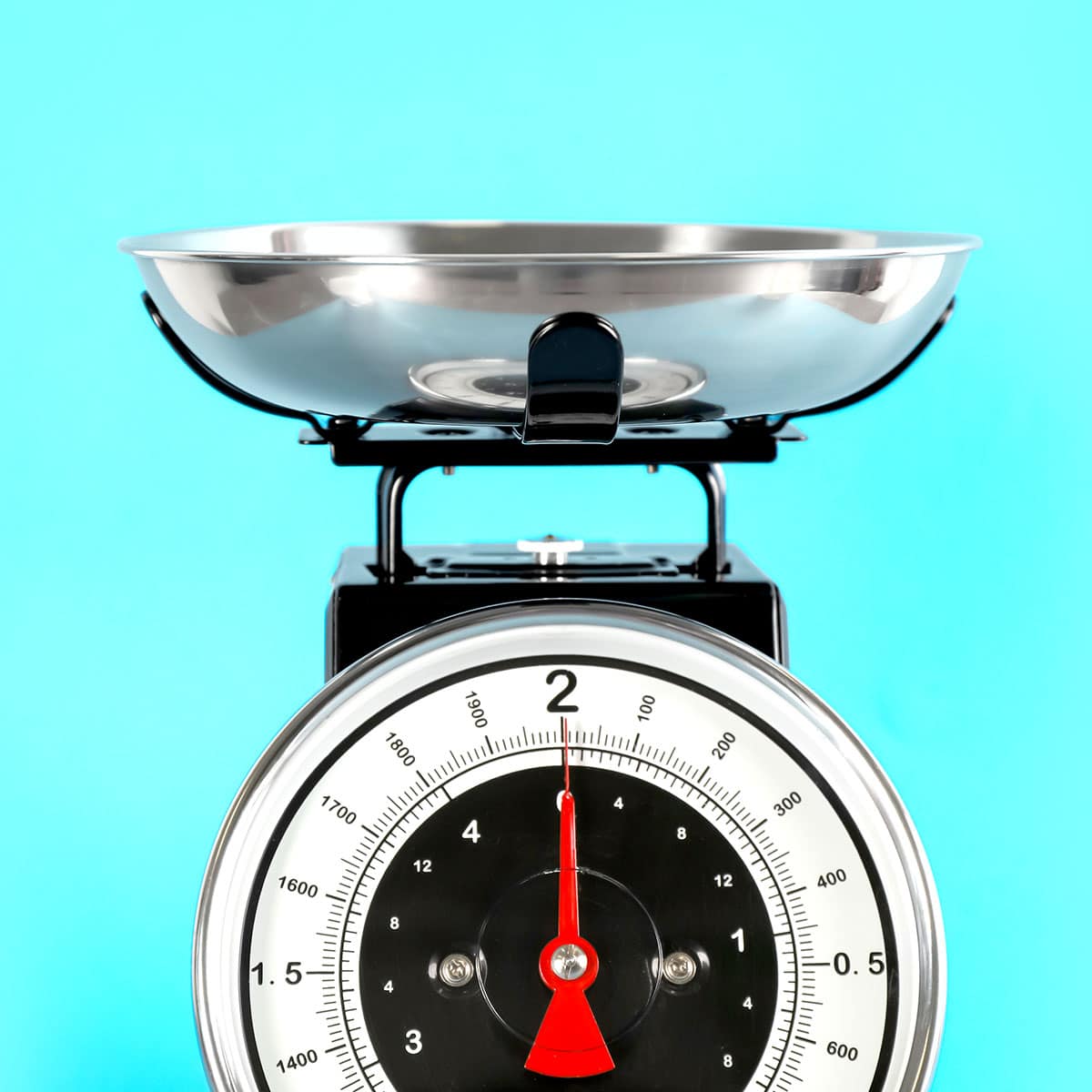Yeast is a single-celled microorganism that is essential for baking bread and other leavened goods. It is responsible for the fermentation process, which produces carbon dioxide gas that causes the dough to rise.
It has been used for baking for over 6,000 years and is typically sold in packets or jars. But how much yeast is in a standard packet? If you need to bake, understanding baking essentials is important. This article answers all your questions on Yeast packaging.
Table of contents
- How Much Yeast Is in a Standard Packet?
- How much is in 1 packet of yeast?
- How much yeast is in a sachet of yeast?
- How many teaspoons is 1 package of yeast?
- What is the difference between active dry yeast and instant yeast?
- What are the 4 types of yeast?
- How many cups of flour for 1 packet of yeast?
- How long does yeast take to activate?
- What can be used instead of yeast in bread?
- Frequently Asked Questions
- Conclusion
- References
- Recommendations
How Much Yeast Is in a Standard Packet?
A standard packet of active dry yeast in the United States contains 0.25 ounces (7 grams) of yeast. This is enough yeast for most recipes that call for one packet of yeast.
The table below shows different measurements of yeast:
| Unit of Measurement | Amount of Yeast |
|---|---|
| Packet | 0.25 ounces (7 grams) |
| Teaspoons | 2 1/4 teaspoons |
| Tablespoons | 3/4 tablespoon |
| Grams | 7 grams |
| Milliliters | 11 milliliters |
Read Also: How Many Cups is 12 oz: Converting Fluid Ounces to Cups
How much is in 1 packet of yeast?
A standard packet of dry yeast, whether active dry yeast or instant yeast, contains 7 grams of yeast. This is typically equivalent to 2 ¼ teaspoons of yeast.
This is equivalent to 2 ¼ teaspoons or ¾ tablespoon. However, it’s important to note that different types of yeast and different brands may have slightly different weights. For example, instant yeast may weigh slightly less than active dry yeast, and some brands of yeast may weigh slightly more or less than 7 grams.
Read Also: How Many Cups Does it Take to Make a Gallon?
How much yeast is in a sachet of yeast?
A standard sachet of yeast, often containing active dry yeast, typically holds about 7 grams (0.25 ounces) of yeast. This is equivalent to 2 ¼ teaspoons of yeast. In the US, sachets of yeast are frequently sold in packs of three, with each sachet being equivalent to one packet.
Read Also: How Many Cups is 32 oz? Useful Kitchen Conversions
How many teaspoons is 1 package of yeast?
A standard packet of active dry yeast typically contains 2 ¼ teaspoons of yeast. This is equivalent to 0.25 ounces or 7 grams of yeast. This is equivalent to 0.25 ounces or 7 grams of yeast.
Read Also: How to Make Tanghulu | Everything You Need to Know
What is the difference between active dry yeast and instant yeast?
Active dry yeast and instant yeast are both dried forms of yeast used in baking, but they have some key differences. Active dry yeast must be dissolved in warm water before it can be used. This is because the anti-caking agent needs to be hydrated in order for the yeast to activate.
On the other hand, instant yeast is a slightly different type of dry yeast that is pre-hydrated. This means that it does not need to be dissolved in warm water before it can be used.
What are the 4 types of yeast?
There are four main types of yeast used for baking and fermentation:
#1. Baker’s yeast
This is the most common type of yeast used for baking bread and other leavened goods. Baker’s yeast is typically sold in packets or jars, and it can be stored in the refrigerator for up to two weeks or in the freezer for up to six months.
#2. Brewer’s yeast
This type of yeast is used for making beer. It is similar to baker’s yeast, but it has a different flavor and aroma profile. Brewer’s yeast is typically sold in liquid or dry form.
#3. Wine yeast
This type of yeast is used for making wine. It is similar to brewer’s yeast, but it has a different flavor and aroma profile. Wine yeast is typically sold in liquid or dry form.
#4. Distiller’s yeast
This type of yeast is used for making distilled spirits, such as whiskey, vodka, and gin. It is similar to brewer’s yeast, but it has a different flavor and aroma profile. Distiller’s yeast is typically sold in liquid or dry form.
How many cups of flour for 1 packet of yeast?
A standard packet of yeast (2 ¼ teaspoons) can raise up to 4 cups of flour. However, the amount of yeast you need may vary depending on the type of bread you are making, the desired level of rise, and other factors.
How long does yeast take to activate?
Yeast takes about 5-10 minutes to activate in warm water. The ideal temperature for activating yeast is between 100-110°F (38-43°C).
What can be used instead of yeast in bread?
If you run out of yeast or have sensitivities to it, you can use the following instead.
- Sourdough Starter
- Baking Soda and Acid
- Self-Rising Flour
- Baking Powder
- Potato Yeast
Frequently Asked Questions
Baking powder is a chemical leavening agent that does not require yeast. It is typically used in recipes for cakes, cookies, and other pastries.
Sourdough bread is made with a sourdough starter, which is a fermented mixture of flour and water. Yeast bread, on the other hand, is made with baker’s yeast. Sourdough bread has a more complex flavor and texture than yeast bread.
Yes, you can use yeast straight from the freezer. Yeast is a hardy organism and can survive freezing.
Potato Yeast
Boil potatoes in water until they are soft.
Drain the potatoes and reserve the water.
Add flour to the potato water, stirring until it forms a paste.
Let the paste sit overnight at room temperature.
The paste will become bubbly and active, indicating that the yeast is ready to use.
Store the homemade yeast in the refrigerator for up to two weeks.
Weigh the yeast on a kitchen scale or use a measuring spoon to scoop out the yeast.
Conclusion
Yeast is an essential ingredient for baking bread and other leavened goods. Yeast is typically sold in packets or jars, and the amount of yeast in a standard packet varies depending on the brand and country.
In the United States, a standard packet of yeast contains 0.25 ounces (7 grams) of yeast. This is enough yeast for most recipes that call for one packet of yeast.
References
- Food Loving Family – How Much Yeast In A Packet
- Healthline.com – 3 Best Substitutes for Yeast to Help You in a Pinch
Recommendations
- Why does Monistat Burn? Fundamental Causes | 2023 UPDATED
- How to Use Baking Soda to Remove Eyebrow Tint
- How Many Water Bottles is a Gallon: Understanding Volume Measurements
- How Long To Bake Salmon At 400: Mastering The Art Of Perfectly Cooked Fish
- How to Cut a Dragon Fruit: A Visual Guide for First-Timers
